Certain death pushes people to develop innovative weapons design. I mean, come on, the safety of your friends and family is quite the incentive.
Such is the story behind the Israeli Galil, arguably the best battle rifle for desert conditions ever built.
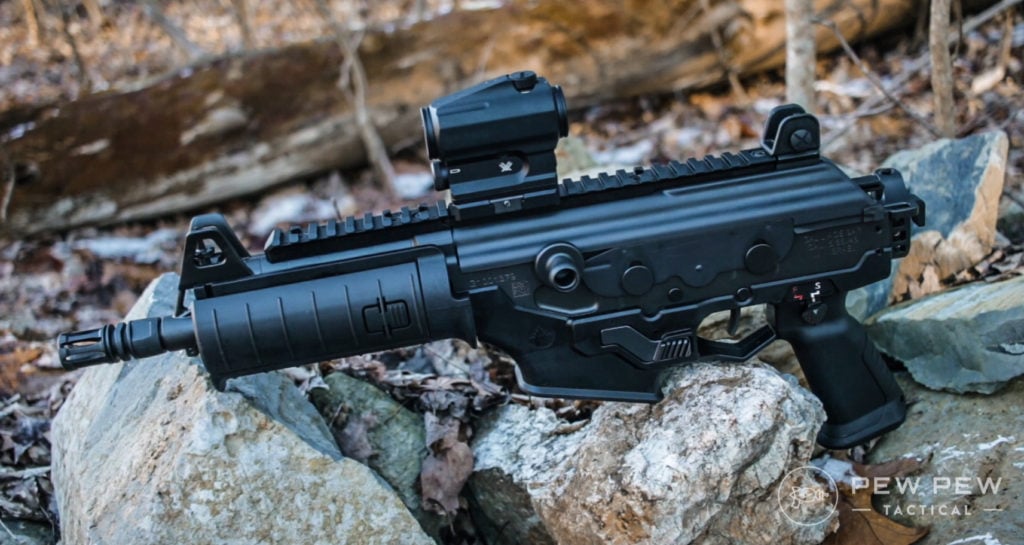
While everybody is familiar with the rugged toughness of the AK-47, the Galil is the AK’s even tougher stepson.
So, today we’re examining the history behind the Galil. We’ll delve into its origin and what made it a popular option for desert combat.
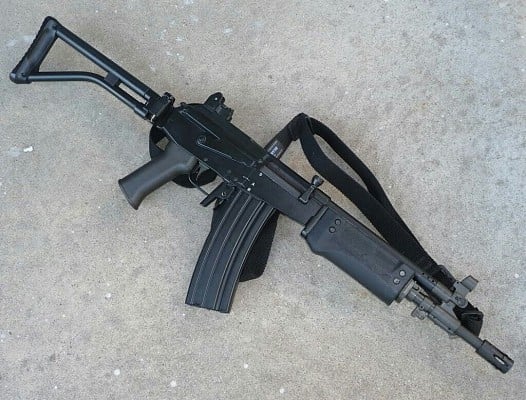
Keep reading to dive into some history!
Table of Contents
Loading…
New Beginnings
After centuries of being spread throughout the earth, the Zionist movement culminated in the creation of Israel in 1948.
Immediately upon Israel’s declaration of independence, however, its people were thrown into war once more, with Syria, Iraq, Jordan, Lebanon, and Egypt all joining the fray.
And so began the Israeli War for Independence.
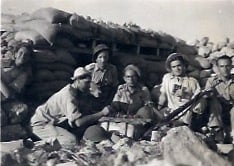
Israel relied heavily upon Sten guns and other weapons imported from both Czechoslovakia and France throughout this war.
They had no gun manufacturers of their own and, as a result, were completely dependent upon foreign-made arms.
Further compounding the scene, British troops constantly confiscated weapons amongst the Jews to “quell the fighting.”

(A rather interesting approach to take with a people group who quite literally just survived continental genocide during the Holocaust.)
And while Israel won its war for independence, they learned a number of lessons from battle.
For starters, Israel needed a standing army prepared for a constant threat of war from hostile neighbors.
And for that army to be ready, they needed a standard-issue battle rifle.
The answer to the battle rifle question came in 1950 from the Belgian-designed 7.62mm FN FAL.

Israel got the chance to fully test the FN FAL soon enough, for the Six-Day War showed up at their door in 1967.
After a litany of attacks and Israel completely surrounded by mobilized troops from Egypt, Jordan, Syria, and Lebanon, Israel declared war.
Israel was in a rather precarious situation with 465,000 enemy troops, 2800 tanks, and 800 aircraft ringing its borders, ready to strike at a moment’s notice.
Despite these odds, the Israelis won.
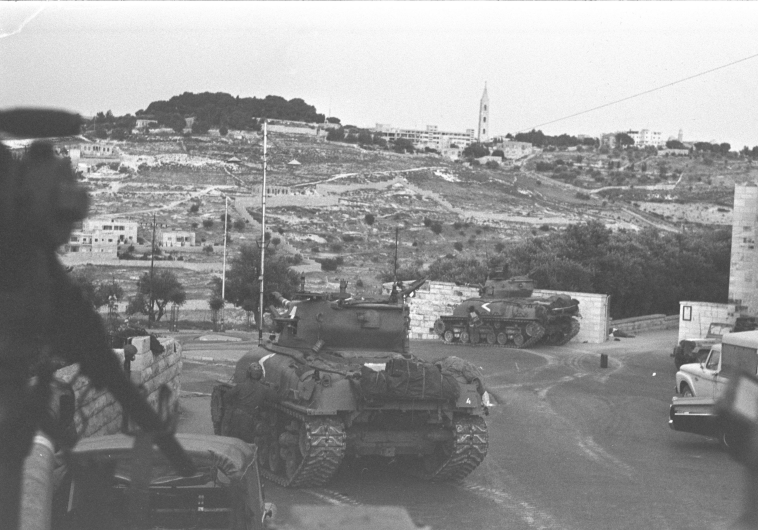
One lesson they learned?
The FN FAL wasn’t as suited for their geography as they hoped.
While the FN FAL worked great in Belgium, it could easily foul up in the dry and dusty desert conditions.
This, combined with its unwieldy length, made the FN FAL unsuitable for operations in urban environments as well.

Thus began the search for a new standard-issue battle rifle for the Israeli Defense Forces.
During the first stages of the search, the 5.56mm round stood out as a superb battle rifle cartridge. As such, makes and models of every 5.56mm battle rifle were brought to Israel for testing.
Enter, Yisrael Balashnikov
In 1923, a boy was born in the Soviet Union.
His name? Yisrael Balashnikov.
After World War II, Balashnikov immigrated to Israel, finding work with the Israeli Military Industries as a weapons designer.
Thousands of AK-47 rifles were captured during the fighting in the Six Day War. Balashnikov studied their functions extensively.
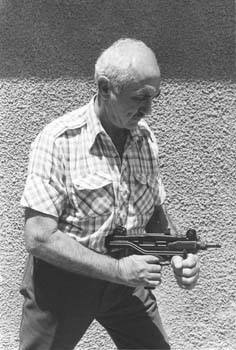
While the FN FAL proved more accurate, the AK-47 offered a more compact design. Not to mention, the AK needed less maintenance and performed better in desert conditions.
Balashnikov sought to create a balance between the two – desiring an Israeli weapon designed for accurate work in desert conditions.
After drawing inspiration from the Finnish Valmet RK 62, an improvement on the AK-47, and changing his name to the more Hebrew sounding Yisrael Galil, Yisrael created the Galil.

Two Legends Compete
The Israeli Defense Force narrowed down their battle rifle testing to two different makes — Yisrael’s Galil rifle and a rifle crafted by none other than the creator of the infamous Uzi, Uziel Gal.
Ultimately, the Galil became the IDF’s battle rifle of choice. In 1972, it was approved for standard issue amongst the IDF.
However, in 1973 Egyptian and Syrian forces launched a coordinated attack against Israel on October 6, while many Israeli soldiers observed Yom Kippur.
And thus, the Yom Kippur War began.
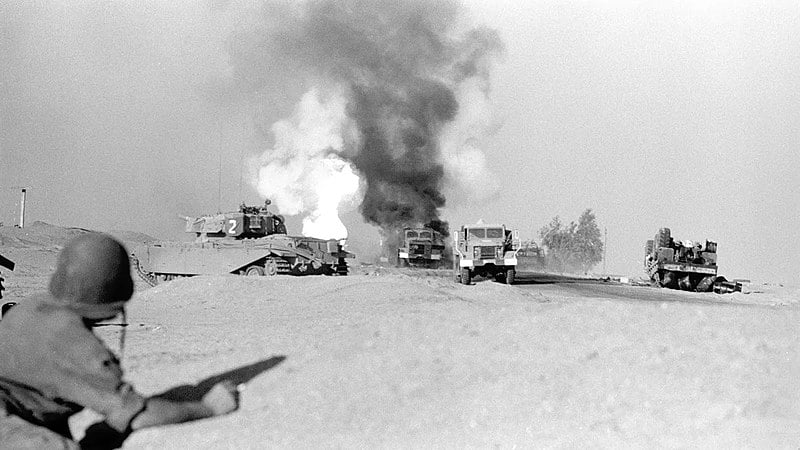
War is not the best of times to accustom soldiers to utilizing a new rifle. So, the IDF put the Galil on hold until later.
Galil AR — The Standard
As mentioned, the standard Galil was based on the Finnish Velmet RK 62. So much so, in fact, that the earliest versions of the Galil came built with Velmet RK 62 receivers.
Because of this similarity with the Velmet RK 62, the Galil has an action very similar to an AK-47.
When it comes to accuracy, though, it’s no contest. The Galil will blow an AK-47 out of the water any day.
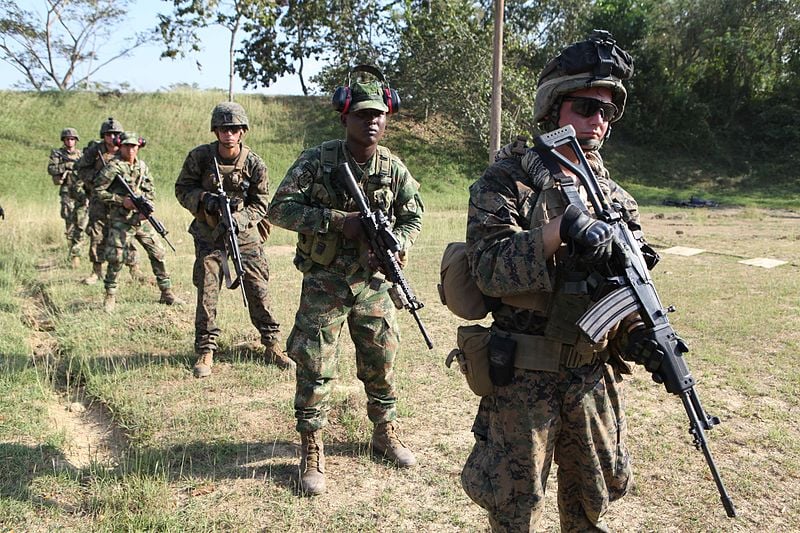
The RK 62 wasn’t the only weapon that served as a source of inspiration for Galili as he designed his weapon.
The trigger and firing mechanism use a very similar hammer design as the Garand, and the gas system is a modified version of the Finish M62.
While primarily chambered in 5.56mm, a 7.62x51mm variant entered production – though for export rather than for home use like the 5.56mm version.
Many of these 7.62x51mm varieties made it over here to the United States (around 9,000 of them). But they’re incredibly hard to find.

Galil Features
To sight, users lined up the three dots of the sites horizontally, with the middle dot lined up with the target. However, a flip-over rear sight can also be used to adjust for ranges of 300 meters and 500 meters.
Fo nighttime fighting, auxiliary rear and front sights glow either white or green (depending on the model), thanks to Betalight radiological sources.

A six-port “birdcage” style flash suppressor on the muzzle also helps to reduce the signature of the operator during nighttime fighting. This makes it that much harder for the bad guy to find out just where shots come from.
And that’s not all that the flash suppressor is good for.
It also serves as a grenade launcher spigot, with a large variety of grenades created for use with the Galil.
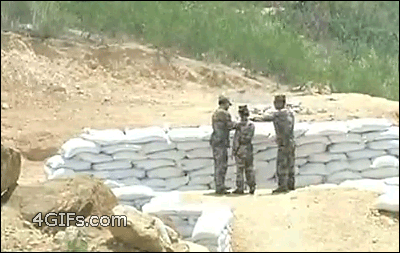
For close-up work, the Galil sports a bayonet lug. (A good thing, given that the perimeters of Israel are well-noted for the tunnel networks where enemy forces hide and drag sentinels into.)
Other special features of the Galil include a side-folding metal buttstock, a bipod with wire cutter incorporated into it, a carrying handle, and a cocking handle turned upwards 90 degrees from the receiver. This makes it accessible by either of an operator’s hands.
Topping it off, chromium-lined barrels for durability.
Part of what makes this such a great weapon for desert warfare and its ability to prevent problems from ever happening in the first place.

When flipped to the “safe” position, the cocking handle slot closes up so that dust and sand can’t get in.
Should some type of fouling still happen, the cocking lever is attached to the bolt carrier to be used for positive bolt closure.
Galil Variants
You can’t use a hammer as your sole tool for every task around the house — sometimes a wrench gets the job done.
The same principle applies to firearms.
Weapons are designed with certain purposes in mind. Sometimes, you have to make tweaks to the design to accomplish a goal.
Seeing as such, the Israelis crafted a rather extensive number of variants for the Galil.
Galil ARM
ARM stands for Automatic Rifle Machinegun, and there are two versions of this rifle available.
There’s a version chambered in 5.56mm, with a range of 490-yards, and a 7.62x51mm, with a range of 550 to 655-yards.
This was a standard-issue rifle for front line infantry units.
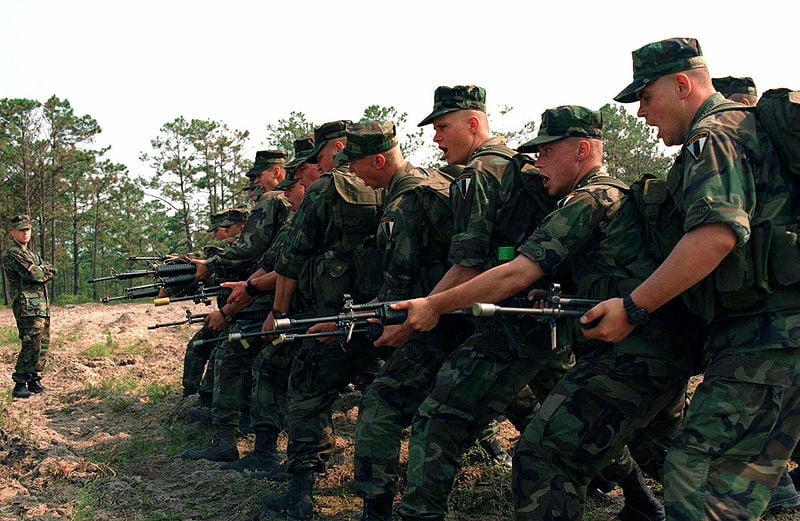
Initially, a 50-round magazine came with weapon. But due to its 2.2-pound loaded weight and the difficulties it created in firing from a prone position, it wasn’t a popular choice.
However, a feature that proved quite popular was the bottle opener that came on either the 7.62x51mm detachable steel bipod or on the front handle.
Galil SAR – The Glilon
The Short Automatic Rifle came from the need for a shorter rifle for vehicle crews and other CQB units. Thanks to its shortened barrel, the SAR worked well for cavalry units.
It was issued to army staff and Special Forces units as well.
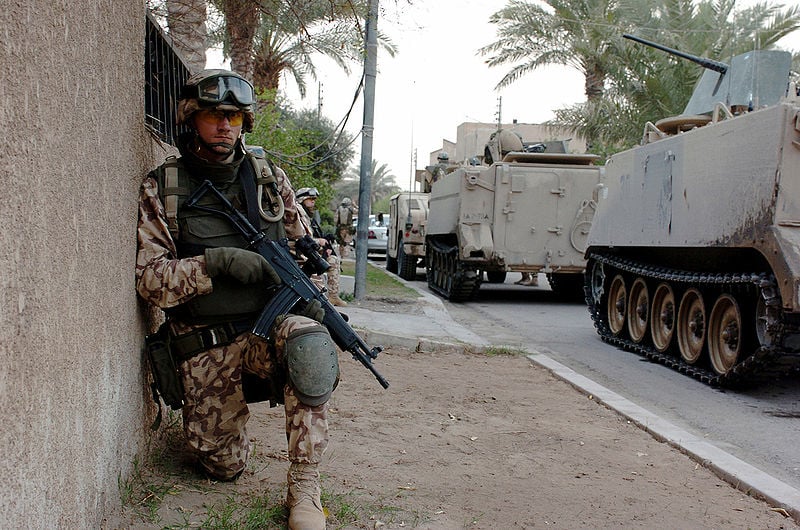
The shortened barrel is the main difference between the AR and SAR models.
A full-length Galil AR has a barrel length of 18.1-inches, while the Galil SAR is only 13.07-inches long.
Galil MAR – The Micro-Galil/Micro Assault Rifle
The Micro-Galil came from an effort to supplant the Uzi with a weapon utilizing a more powerful cartridge (5.56mm).
Though it’s a shortened version of the SAR, there are features of this rifle that make it unique within the Galil collection of firearms.
Chief of these? The addition of a 3-round burst mode.
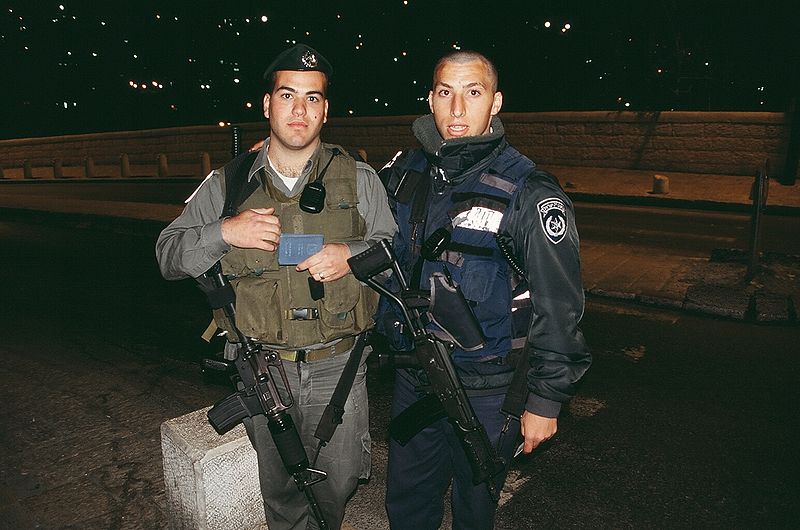
Most other Galils are semi-auto and full-auto as the two choices for making the gun go bang. So, a third option set this version apart.
A MIL-STD 1913 Picatinny rail sits up top for mounting various optics. The typical metal stock included in other Galils was substituted for a plastic version to lower the overall weight of the weapon.
The result was an incredibly effective little weapon that weighs 6.57-pounds empty and operates off a 35-round magazine.
The Galatz – Galil Sniper
A contraction of the words “Galil Tzalafim,” meaning Galil Sniper, the Galatz is a 7.62x51mm chambered, semi-auto rifle.
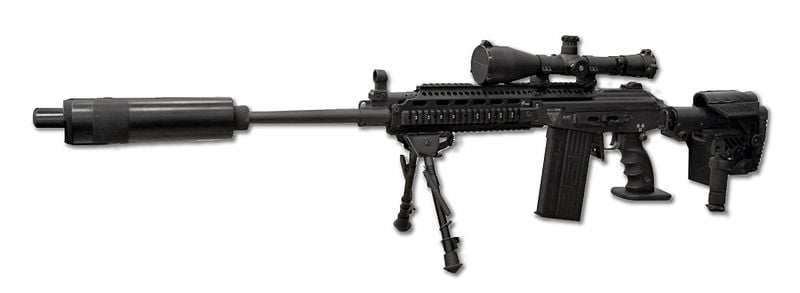
This rifle has typical Galil features but operates off of a 20-round box magazine. It also uses a receiver-mounted bipod, as opposed to the barrel-mount that other Galils possess. And it opts for a side-mounted scope.
As time has gone on, though, the Galatz has been modernized and transformed into the SR-99.
Galil ACE
In a quest to further improve on the Galil’s design, the Galil ACE arrived.
This version features a modernized design and material, created to lower the weight of the Galil AR while simultaneously improving the accuracy.
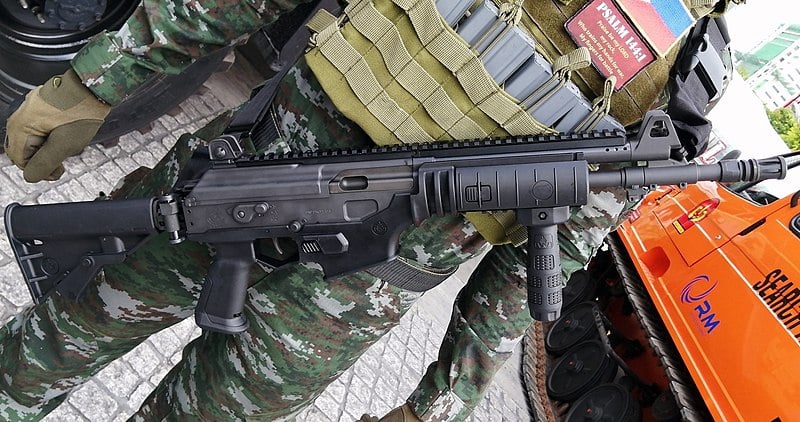
While yes, we know that the ACE is different from the standard Galil series, it’s worth mentioning. (So, don’t come for us, bro.)
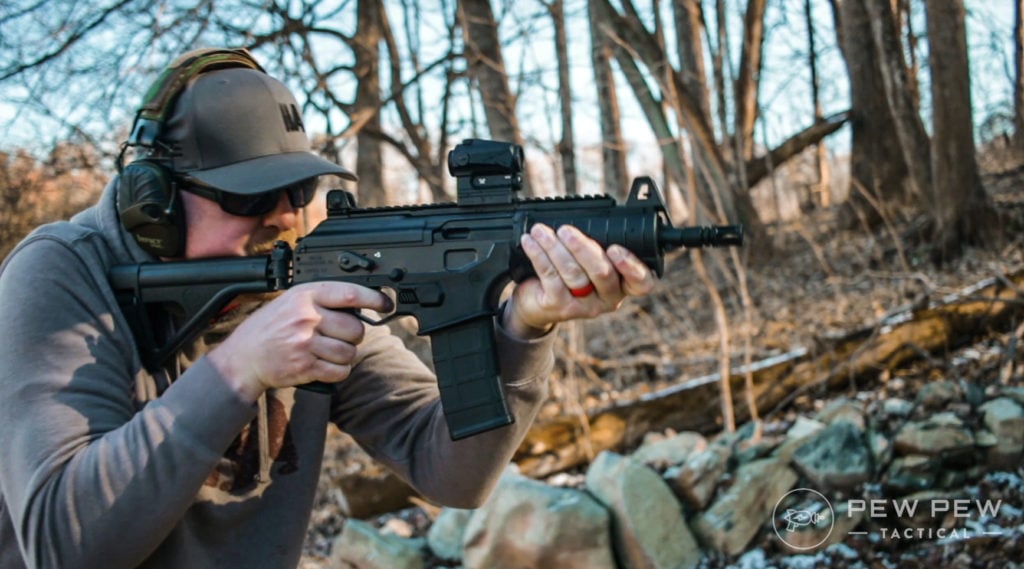
Lesser-Known Variants
While the above are the most common versions of the Galil, there were a few less-used and lesser-known versions of the popular rifle.
Chief among these…the Galil Magal, Galil Golani (USA-produced civilian version), and the Galil Marksman Assault Rifle Mark 1.
Imitation is the Sincerest Form of Flattery
Military and police units throughout the world ended up adopting the Galil as their battle rifle of choice.
Though the Galil ARM never really caught on in Israel, it was a big hit in other parts of the world.
So much so, Portugal ended up arming its paratroopers with the ARM.
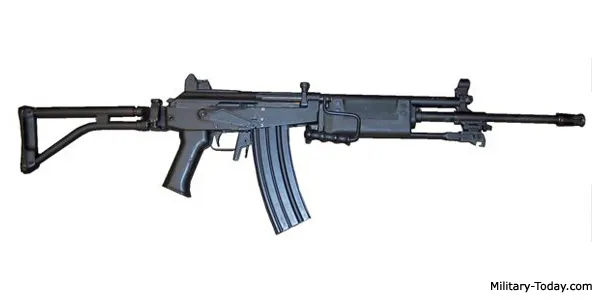
Using the weapon with a 50-round drum soon became a common sight amongst soldiers in both Africa and Latin America.
South Africa, in particular, liked the ARM so much they made their own modified version of it called the Vektor R4.
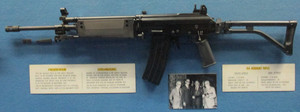
Other nations soon followed suit, with the Italian company Bernardelli creating the VB-STR and VB-SR (both Galil clones) and Myanmar creating its version known as the MA-1.
The Galil ACE found widespread acceptance throughout the world. It soon became the standard-issue assault rifle of virtually every military unit in Colombia, within the Chilean Army, and in the Vietnamese Army.
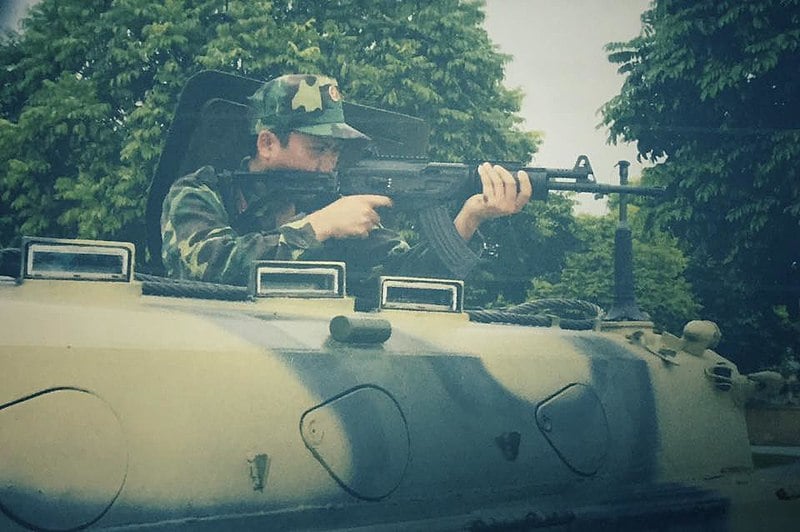
Other variants of the Galil soon found acceptance in Guatemala, Nicaragua, Indonesia, the Philippines, Mexico, Estonia, Italy, Myanmar, and even Georgia…a nation you’d expect the AK-47 to reign supreme.
The Phasing Out of a Desert Classic
By 2000, the Galil had been completely phased out of the Israeli Defense Forces, placed by the Tavor series — most notably the TAR-21 and the X95.
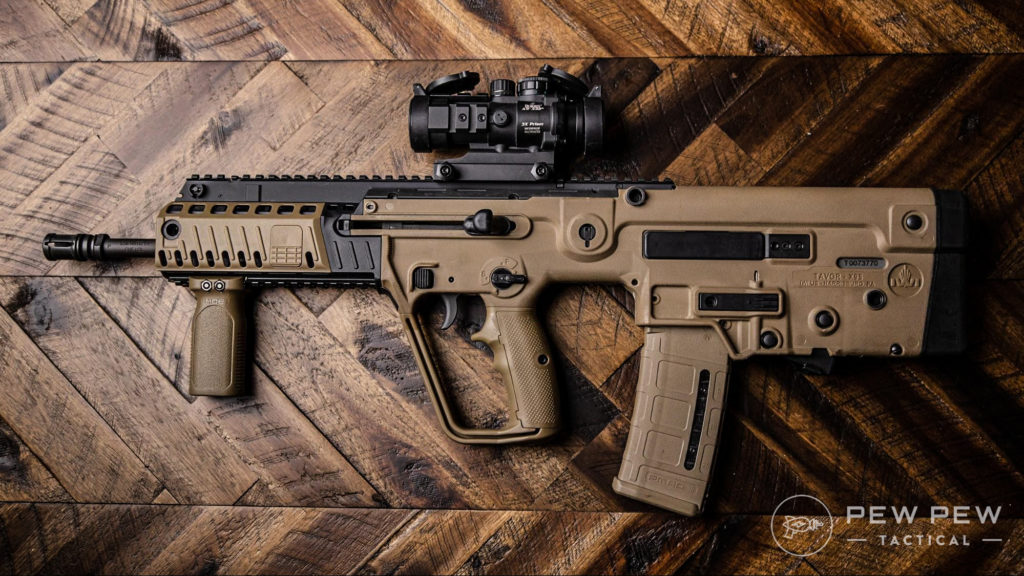
However, there are still a great number of M4s floating throughout Israel as well. This is due to America’s flooding Israel with surplus M16s in 1972 at little to no cost.
It was hard to argue with that kind of a deal. For a long time, the M16 was often seen in the hands of an Israeli soldier. Eventually, the M4 replaced the M16.
It appears that the tradition of utilizing American weapons has remained, as the M4 is now Israel’s primary rifle. (However, even that could soon be replaced by the Carmel rifle.)
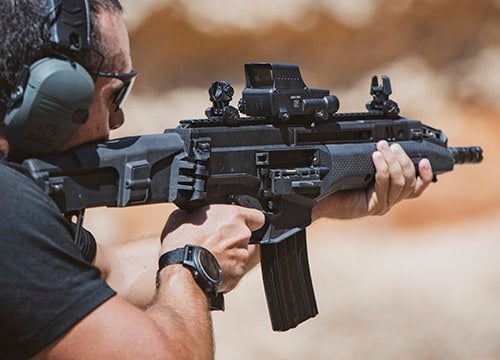
Buying a Galil Today
Though time brought us newer technology that, by no means, classifies the Galil as an outdated gun.
It’s still just as effective and trustworthy of a firearm as ever. But it does come at a significant cost.

Roughly $3,000 that is.
If you’ve got the money sitting around, though, this may be a weapon you want to consider.
Prices accurate at time of writing
Prices accurate at time of writing
-
25% off all OAKLEY products - OAKLEY25
Copied! Visit Merchant
Conclusion
Necessity is the mother of invention, and the history of the Galil battle rifle proves that adage to true.
In a truly life-or-death situation, Israel produced what is likely the best battle rifle for desert fighting in history.
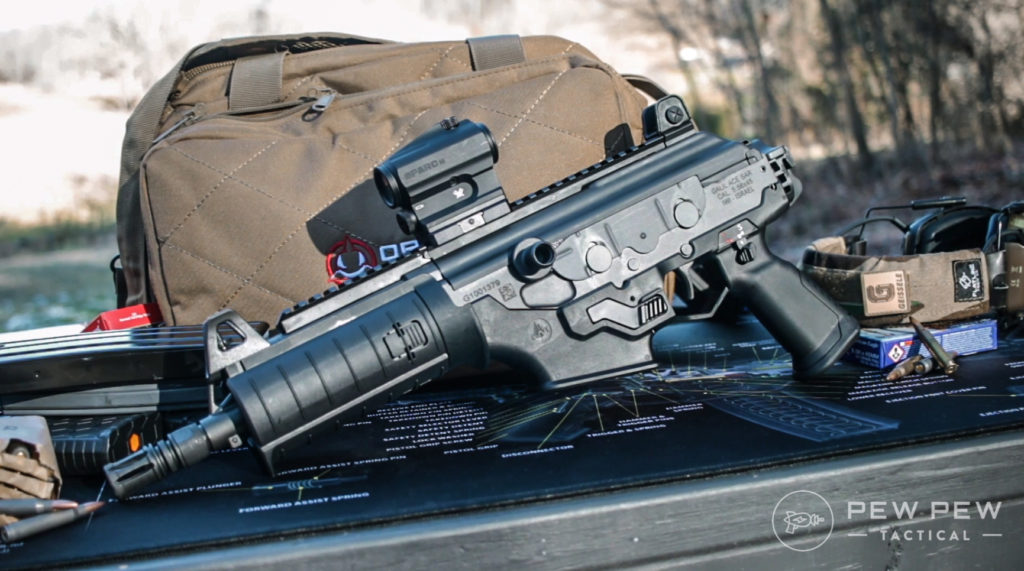
Have you shot a Galil? Let us know in the comments below! For more history pieces, check out our History Category to get your learn on!

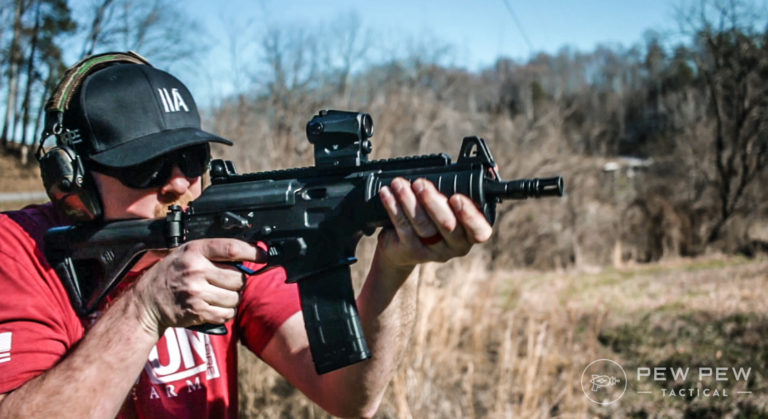








8 Leave a Reply
Great article and thorough history of a terrific gun. I was assigned one of these back in the day, and now own an ACE. I don’t know why anyone interested in an AK wouldn’t get one of these instead — all the same benefits, but less weight, better placement of the controls, and bolt stays open on the last shot.
Also, thanks for mentioning that the bipods could be used as a bottle opener (on the 5.56 as well as the 7.62)! Apparently this was quite intentional, as on previous guns recruits would damage their barrels by slamming a bottle cap on the muzzle. This was common enough that it was seen as a real problem that needed addressing — as you say, necessity breeds invention…
I have shot all the South African civilian versions, LM4 and LM5 and very uncommon the LM6 with the shortest barrel. It's loud! They tried to make a bullpup version here called a CR21. Never adopted.
I love reading these articles but seldom leave a comment. Maybe you should include some sort of thumbs up/thumbs down icon at the end of the article so we can let you know if we liked it or not. I'd hate to see these done away with because you think we have no interest in them.
Hey, thanks! I'm glad you liked the article! I really enjoy history, and have an absolute blast anytime I get to share it with others. And if the reader/listener is enjoying the story to boot, that just makes it even better!
So a guy from the Soviet Union named “Balashnikov” designs a rifle based on a rifle designed by another guy from the Soviet Union named “Kalashnikov.” What are the odds?!!
Great article, love learning more about my tools. It’s crazy how much the prices have gone up.
Yep, prices are crazy. Since 2001, on average gun prices have gone up by 400%.
Thanks! I appreciate it!